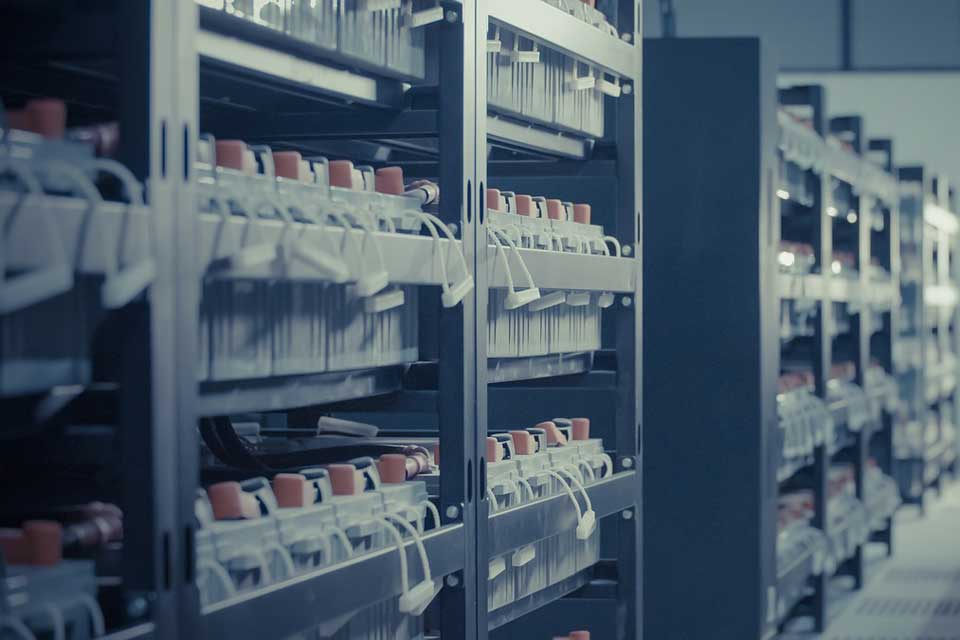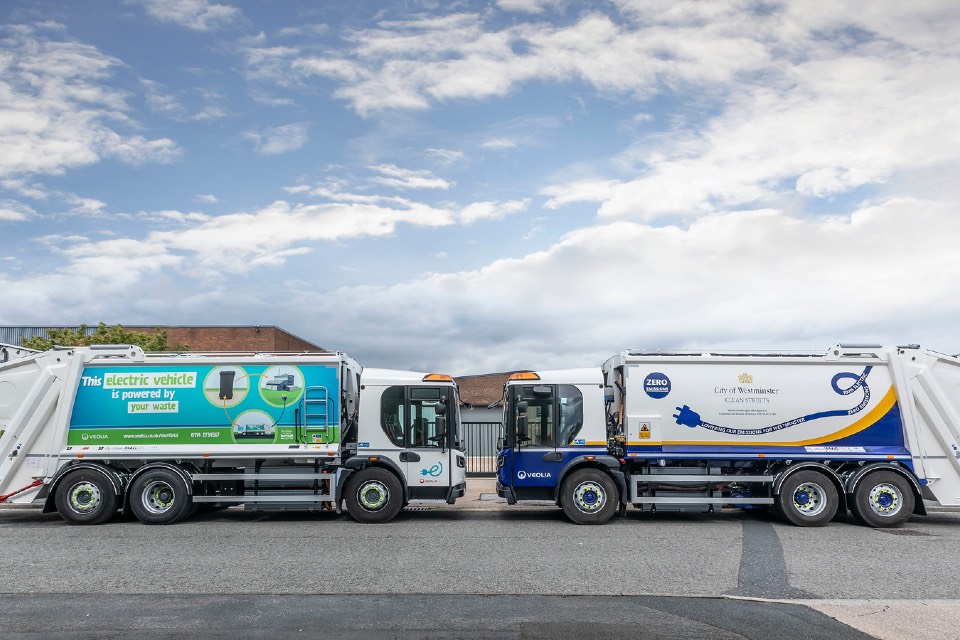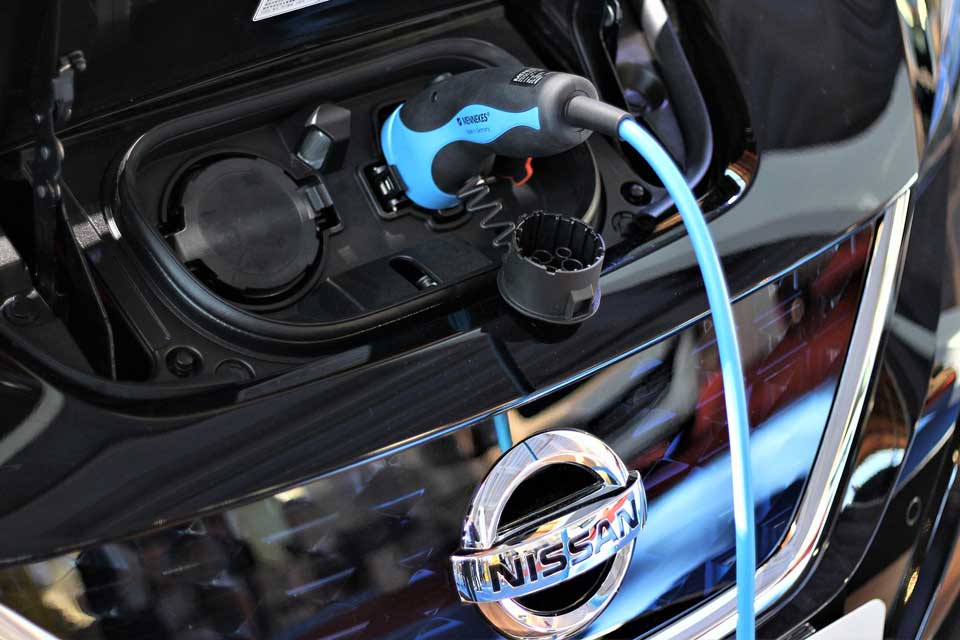ENERGY STORAGE MONTH: The crucial role being payed by battery storage
https://energymanagementsummit.co.uk/wp-content/uploads/2024/05/battery-kumpan-electric-mLxy5nt9Z90-unsplash.jpg 960 640 Stuart O'Brien Stuart O'Brien https://secure.gravatar.com/avatar/81af0597d5c9bfe2231f1397b411745a?s=96&d=mm&r=gRenewables are variable in nature, generating power intermittently. This is where battery storage steps in, offering a game-changing solution for Energy Managers in both the public and private sectors. Let’s explore how battery storage is being harnessed as a vital component of a sustainable energy mix, while acknowledging the practical and cost considerations that remain…
Storing Sunshine and Wind: Batteries for a Renewable Future
Battery storage technology allows for the capture and storage of excess energy generated during peak renewable production periods. This stored energy can then be released to meet demand during low renewable output times, such as windless nights or overcast days. Energy Managers are utilizing battery storage for several key benefits:
- Reduced Reliance on Fossil Fuels: By storing renewable energy, organizations can decrease their dependence on fossil fuel-generated electricity, lowering carbon emissions and contributing to a cleaner energy grid.
- Lower Energy Costs: Storing energy during off-peak hours, when electricity prices are lower, allows for utilization during peak periods when prices are higher, leading to cost savings.
- Improved Grid Stability: Battery storage acts as a buffer, absorbing excess renewable energy and releasing it gradually, mitigating fluctuations in the grid and promoting grid stability.
From Public Buildings to Private Businesses: Battery Storage for All
Battery storage solutions are finding applications in a diverse range of sectors:
- Public Sector: Government buildings, hospitals, and schools can utilize battery storage to integrate more renewables into their energy mix, promoting sustainability and reducing energy costs.
- Private Businesses: Factories, data centres, and commercial buildings are adopting battery storage to capitalize on lower electricity prices during off-peak hours and ensure uninterrupted power supply.
The Practicalities and Costs: Considerations for Energy Managers
While the benefits are undeniable, Energy Managers need to weigh several practical and cost-related factors:
- System Size and Capacity: The size and capacity of the battery storage system will depend on specific energy consumption patterns and desired level of energy independence.
- Lithium-ion Dominance: Currently, lithium-ion batteries are the most widely used technology, but their cost remains a key consideration.
- Deployment and Maintenance: Installation, ongoing maintenance, and potential battery degradation over time need to be factored into the overall cost equation.
The Future of Battery Storage: Innovation and Affordability
Despite the current cost considerations, the future of battery storage is bright:
- Technological Advancements: Research and development efforts are focused on improving battery efficiency,lifespan, and reducing production costs.
- Government Incentives: The UK government is implementing schemes to incentivize investment in battery storage, making it more accessible for businesses and organizations.
Investing in a Sustainable Future:
Battery storage offers a powerful solution for Energy Managers to navigate the evolving energy landscape in the UK. By embracing this technology, organizations can become more sustainable, reduce reliance on fossil fuels, and potentially lower energy costs. While practical and cost considerations remain, ongoing innovation and government support make battery storage a key driver for a clean and secure energy future.
Are you looking for Energy Storage solutions for your organisation? The Energy Management Summit can help!
Photo by Kumpan Electric on Unsplash








